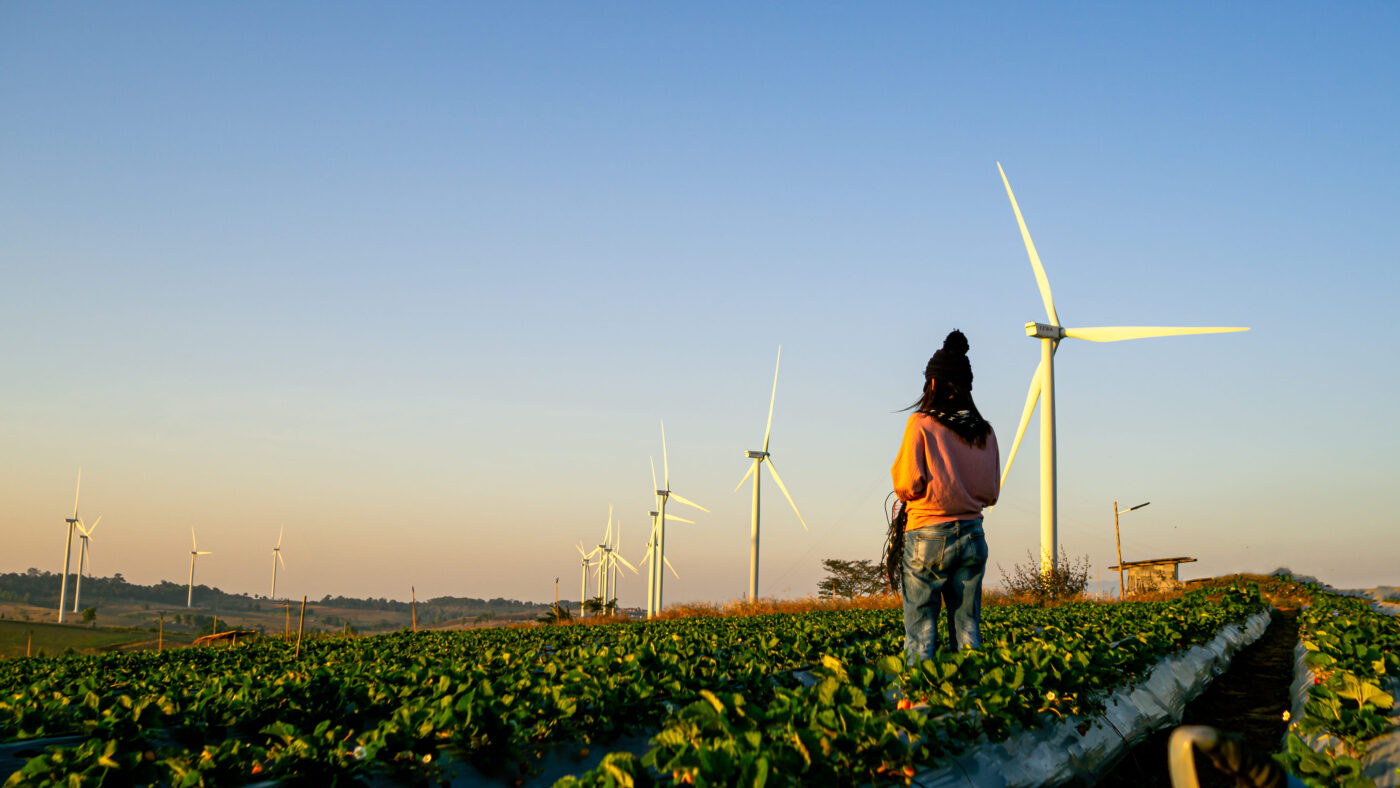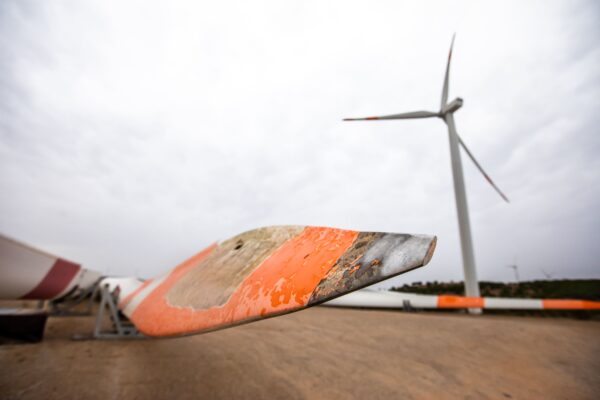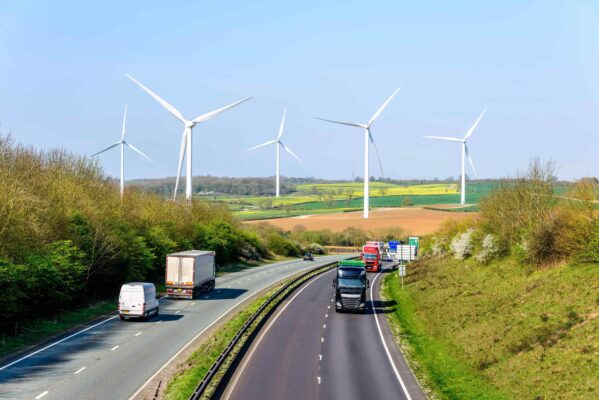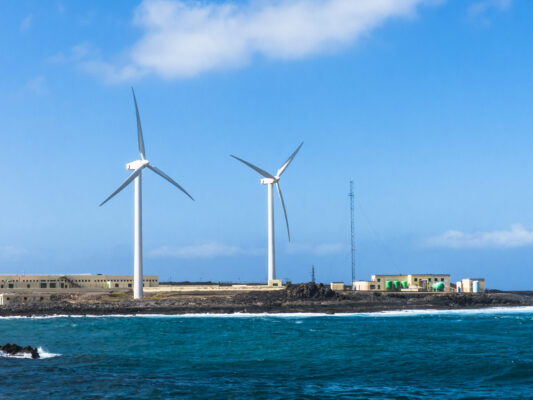The construction and operation of wind turbines can have various impacts on wildlife and their natural habitats. To minimize these effects within protected areas across the EU, the Natura 2000 permit establishes a framework for eco-friendly energy production.
Any proposed wind farm within or near a Natura 2000 site must undergo an appropriate assessment to determine its potential impact on the site’s conservation objectives. This assessment is crucial for ensuring that the wind turbines will not adversely affect the integrity of the site.
If the assessment indicates potential negative impacts, developers must propose measures to mitigate these impacts. These measures can include adjusting the location of turbines, modifying the design of the wind farm, or implementing conservation actions to enhance affected species or habitats.
The Natura 2000 framework provides strict protection for species listed in the Annexes of the Birds and Habitats Directives. For these species, any disturbance that could significantly affect them requires a stringent review process and justification that there are no feasible alternatives and that the project serves overriding public interest.
While protecting biodiversity, the EU also recognizes the importance of developing renewable energy sources to combat climate change. The Natura 2000 permit process carefully balances these two objectives, ensuring that renewable energy projects like wind farms proceed in a manner that minimizes their environmental impact.
Obtaining a Natura 2000 permit is part of the legal and regulatory framework that wind energy projects must navigate. It adds a layer of environmental scrutiny that can influence the planning, cost, and timeline of wind energy projects. However, it also offers a structured process for addressing environmental concerns and ensuring that wind farms contribute to the EU’s sustainability objectives without compromising its natural heritage.



